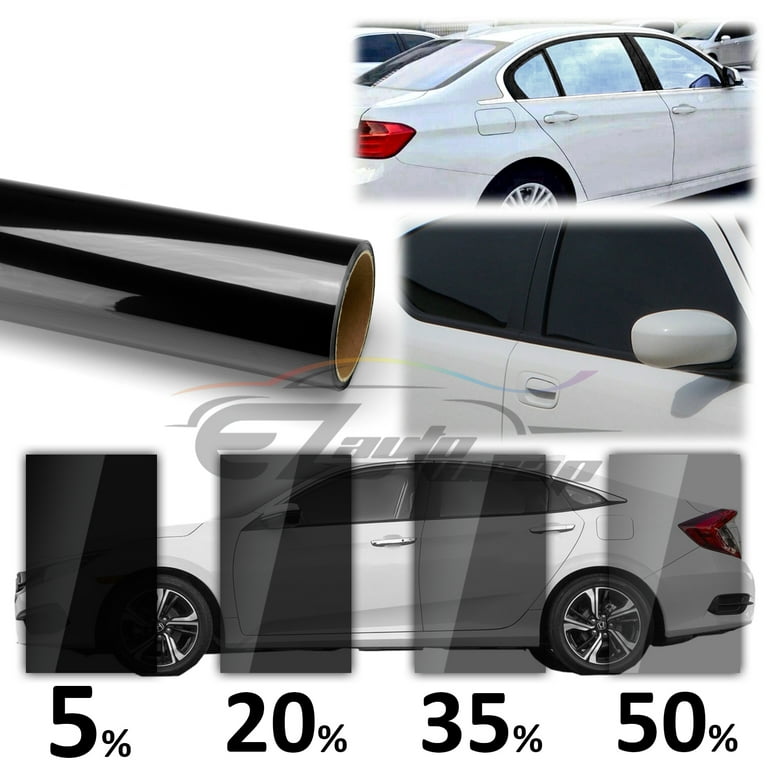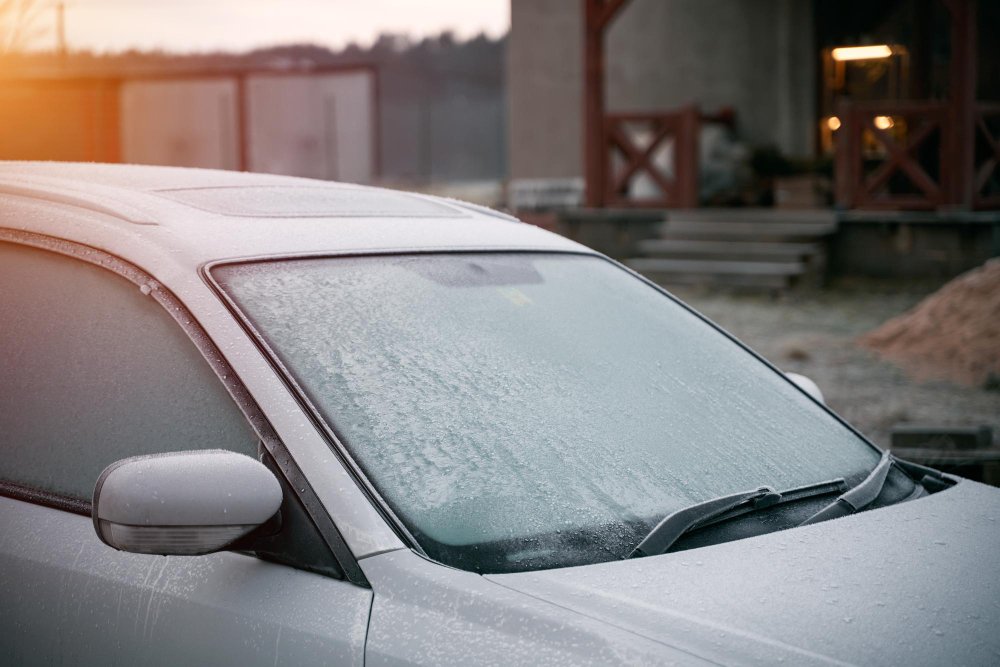Economical Vehicle Window Tinting for each Lorry Type
Economical Vehicle Window Tinting for each Lorry Type
Blog Article
Home Window Tinting Laws and Standards: What You Required to Know Before Tinting Your Cars And Truck
Prior to waging window tinting for your lorry, it is vital to familiarize on your own with the varied laws and standards that govern this practice throughout different states. These policies dictate the permissible levels of tint darkness, typically determined by noticeable light transmission (VLT) percentages, and include details specifications for front windscreens targeted at ensuring roadway safety. Furthermore, certain jurisdictions may offer clinical exemptions for people with certifying problems. Recognizing these complexities can conserve you from possible lawful ramifications, however what are the particular regulations in your state?
Overview of Window Tinting Laws
Home window tinting legislations are regularly based on variation throughout various territories, mirroring regional guidelines and safety and security considerations. These legislations dictate the permissible levels of tint darkness and reflectiveness on vehicle home windows, ensuring that motorists keep adequate visibility while also safeguarding versus dangerous UV rays and warm.
The majority of regulations identify window tinting based on the Visible Light Transmission (VLT) percentage, which indicates the quantity of light that can travel through the home window. Generally, reduced VLT portions signify darker colors. Legislations usually separate in between the front, side, and rear windows, with stricter limitations applied to the front windshield to improve safety for both the motorist and various other road individuals.
Furthermore, some territories enforce limitations on the reflectivity of the color, avoiding too much glow that might hinder presence. Exceptions to these regulations might exist for individuals with specific clinical conditions needing added sunlight defense. Compliance with window tinting guidelines is essential, as violations can cause penalties, necessary removal of the tint, and possible boosts in insurance coverage premiums. It is necessary for vehicle proprietors to acquaint themselves with local laws before continuing with home window tinting installations.
State-by-State Tint Laws
Comprehending the certain home window tinting policies in each state is important for car proprietors seeking to comply with the law. Each state in the U.S. has established its own set of policies regulating home window tinting, which can differ significantly. These regulations usually determine the permitted levels of tint darkness, the kinds of windows that can be tinted, and any type of medical exceptions that may apply.
For example, states like The golden state have rigid restrictions on tint darkness for front windows, while others, such as New Mexico, may enable darker colors. Additionally, specific states mandate certain exposure percents for various windows, consisting of the windshield, front side home windows, and rear home windows. It is vital for car proprietors to acquaint themselves with their state's laws to avoid possible penalties or penalties.
Moreover, some states might require an accreditation sticker to be put on colored home windows, indicating compliance with state regulations. Failure to comply with these regulations not only risks legal effects however can likewise influence security and presence while driving. Vehicle proprietors need to conduct complete research study or seek advice from neighborhood authorities to ensure complete understanding and compliance with state-by-state color guidelines.
Allowed Color Degrees and Kinds
Many lorry owners may be shocked to learn that allowed color levels and kinds vary extensively across different states. Each state has actually developed its own policies pertaining to the allowable darkness and reflectivity of home window tint, typically determined by Visible Light Transmission (VLT) portions. VLT describes the amount of light that can pass with the colored home windows; therefore, a reduced portion indicates a darker tint.

Furthermore, the kinds of color materials allowed can vary, with some states restricting metallic or mirror-like finishes. It is essential for car proprietors to acquaint themselves with their state's particular laws to make sure compliance. Non-compliance can lead to fines, obligatory elimination of the tint, or other lawful consequences, making it vital to understand these policies prior to proceeding with setup.
Medical Exceptions for Tinting
While not all states supply allocations for medical exemptions regarding home window tinting, those that do recognize the requirement for certain people to enhance visibility and comfort because of medical problems. Numerous clinical problems, such as lupus, skin cancer cells, and particular eye conditions, can make people specifically conscious sunlight. Subsequently, these individuals may need darker tints to shield themselves from unsafe UV rays and glow.

It is very important to keep in mind that also with a medical exception, there might still be limitations on the degree of color allowed. Compliance with state laws makes sure that individuals are both secured and within legal restrictions. Those taking into consideration clinical exemptions should call their local Department of Motor Cars or equal authority to understand the procedures and needs required to look for an exemption efficiently.
Charges for Non-Compliance
Failing to adhere to home window tinting regulations can result in significant penalties, which vary by state. Police are encouraged to release citations for vehicles that do not stick to the defined tinting laws. These fines generally consist of fines, which can range from small amounts to numerous hundred bucks, depending on my site the intensity of the infraction and the state concerned.
In some territories, repeated offenses might result in rising fines or extra penalties, such as necessary court appearances. Non-compliance may require the elimination of illegal tinting, frequently at the proprietor's expenditure. In severe instances, habitual culprits might deal with suspension of their vehicle enrollment up until conformity is attained.
Furthermore, insurance effects may develop from obtaining multiple citations for home window color violations. Insurers may watch such infractions as an indication of riskier actions, possibly leading to increased costs or problem in insurance coverage.
To avoid these fines, it is important for lorry proprietors to acquaint themselves with their neighborhood window tinting regulations and guarantee that their vehicle complies (Window Tinting). This positive strategy not only prevents lawful ramifications but additionally promotes road security
Verdict

The majority of regulations categorize window tinting based on the Visible Light Transmission (VLT) percent, which suggests the quantity of light that can pass with the window. Conformity with window tinting guidelines is important, as violations can result in penalties, mandatory elimination of the tint, and possible increases in insurance coverage premiums.Comprehending the certain window tinting regulations in each state is essential for car proprietors looking for to abide with the legislation. These laws often determine the allowed levels of tint darkness, the types of home windows that can be tinted, and any clinical exemptions that may use.
For circumstances, states like California have strict limitations on color darkness for front windows, while others, such Get More Info as New Mexico, might allow darker colors.
Report this page